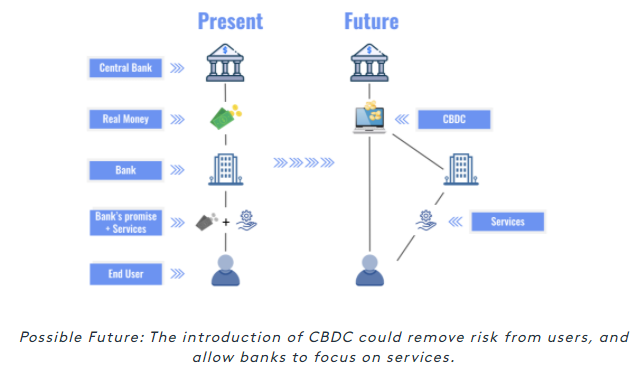Free Courses Sale ends Soon, Get It Now


Free Courses Sale ends Soon, Get It Now



Figure 3: No Copyright Infringement Intended
Significance of CBDC over cryptocurrency:
© 2024 iasgyan. All right reserved